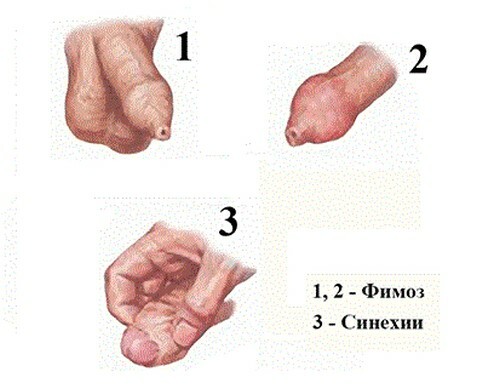Bladder polyps: what are they, causes, symptoms, treatment
Content
- general information
- What is a bladder polyp?
- Morbidity (epidemiology)
- Causes and risk factors
- Symptoms
- Diagnostics
- Treatment
general information
Bladder polyps are mild neoplasms - benign or malignant nature - which develop along any tract of the mucous membrane that internally covers the urinary bubble. The disease affects both men and women, but the stronger sex is more susceptible to this issue.
Causes.
Despite the fact that so far no one knows the main cause responsible for the formation of bladder polyps, it is possible that their development is strong due to several elements such as: smoking, frequent exposure to polycyclic aromatic hydrocarbons and smog, medical history or consequence schistosomiasis.
Symptoms
With symptoms, bladder polyps begin as purely lower urinary tract symptoms. The clinical picture of bladder polyposis is characterized by symptoms such as a change in the frequency of urination, hematuria (blood in urine), pollakiuria (the need for repeated urination during the day and / or night) and stranguria (difficulty urinating).
Diagnostics.
The presence of a polyp in the bladder is detected by multiple diagnostic tests: cystoscopy, bladder lavage (or irrigation), urine and blood tests, and imaging studies.
Therapy.
Even asymptomatic bladder polyps require surgery (removal). Malignant neoplasms require further chemotherapy or radiation therapy.
Now let's take a closer look at what it is, what examinations need to be done and how to treat it.
What is a bladder polyp?
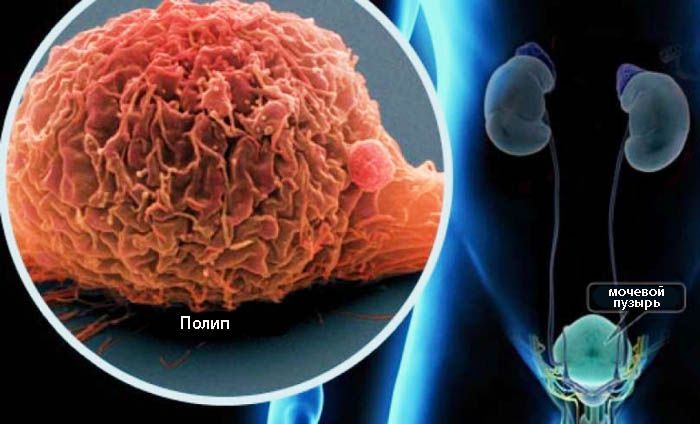
Bladder polyp (sometimes incorrectly called papillomas of the bladder) - these are abnormal formations that can develop on any part of the mucous membrane of the bladder. Although they can sometimes be asymptomatic, bladder polyps often cause bleeding and pain while urinating.
Unlike nasal polyps, the likelihood that bladder polyps develop into a malignant neoplastic shape is quite high, so surgical removal must be carried out as soon as possible after the appearance of the first signs.
but it is necessary to emphasizethat not all bladder polyps are cancerous.
Bladder polyps can be single or grow in clusters, forming true agglomerates with a shape comparable to a bunch of grapes or cauliflower (see. photo below). They can be several millimeters in size or grow to a considerable size (several centimeters). Large bladder polyps tend to cause more bladder problems than smaller ones.
Read also:Prostate adenoma (prostate adenoma): causes, symptoms and treatment in men
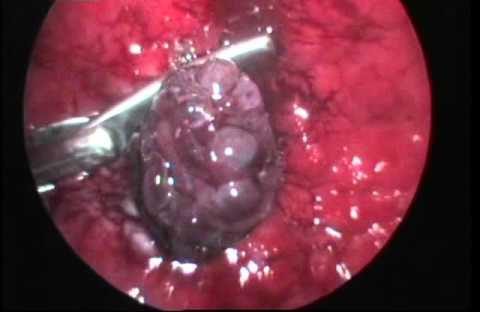
Bladder polyps can be sedentary or stalks. In the first case, the polyp is attached to the mucous membrane of the bladder with its entire base; in the second case, peduncle polyps are attached to the same mucous membrane in the form of a cup-shaped bulge.
All polyps - sessile or pedunculated, large or small, single or multiple - can have a smooth, irregular, or multi-layered surface.
Morbidity (epidemiology)
Men are more at risk of bladder polyps than women (estimated incidence in men / women 1.9: 1). Medical statistics show that the average age at the onset of bladder polyps is around 57 years.
In general, it can be argued that a bladder polyp is a rather rare condition compared to polyps of the uterus (or endometrium), intestinal polyps or nasal polyps.
The bladder polyp accounts for 3% of all tumors affecting the bladder.
Causes and risk factors
Unfortunately, it is impossible to pinpoint the exact cause of the bladder polyp. Despite this, there is an interesting correlation between illness and smoking.
Smokers appear to be in the category most at risk of developing the mucous membrane of the bladder, especially those who live in industrialized and heavily polluted areas.
The same applies to hairdressers, miners and workers in the textile, leather and dyeing industries, constantly exposed to polycyclic aromatic hydrocarbons (in particular, 2-naphthylamine and 4-aminobiphenyl).
Suggests that the aforementioned chemicals, along with smoking and smog, may predispose a person to disease.
Likewise, even those with a history of schistosomiasis or a previous history of polyps appears to have more bladder polyps than healthy people.
Severe stage of the parasite Schistosoma haematobium, which lives in the veins of the bladder, laying eggs near the host's bladder wall, apparently provokes the disease, since at the first stage of infection, the presence of a polyp on the urinary mucosa is often detected bubble. For this reason, it has been hypothesized that schistosomiasis may be a likely etiological factor for bladder polyps.
A painful growth on the lining of the bladder caused by schistosomiasis tends to develop into a malignant tumor.
Symptoms
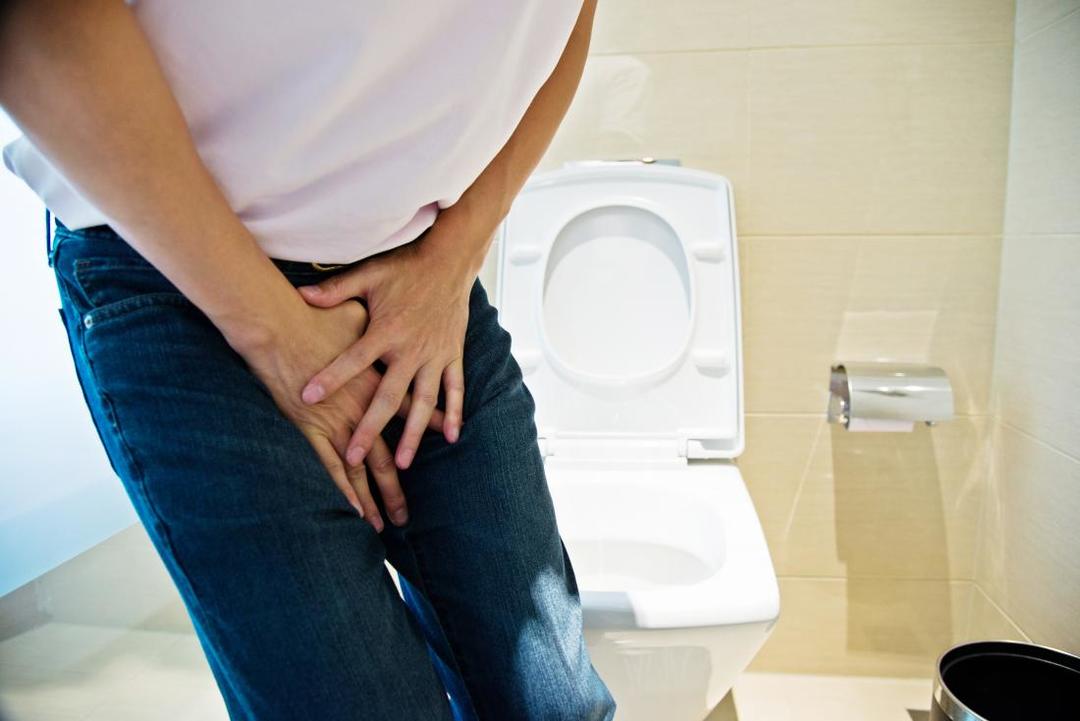
Bladder polyps are not always symptomatic. In fact, many patients who do not feel the presence of a polyp on the bladder mucosa find out about the disease only after an occasional diagnostic test performed for other reasons.
Read also:Cryptorchidism (undescended testicle into the scrotum)
However, in most cases, a growth on the lining of the bladder begins with symptoms, and manifests itself as follows:
- regular urination;
- pain on palpation on one side of the body (less common symptom);
- painful urination (stranguria);
- frequent urination (pollakiuria);
- blood in the urine (hematuria).
Diagnostics
Asymptomatic polyps are discovered incidentally during routine screening to identify or rule out other disorders.
On physical examination, the patient is normal. When a bladder polyp is suspected, the doctor conducts more accurate investigative tests. Among all, cystoscopy is one of the most reliable diagnostic methods.
The procedure is carried out as follows:
After local anesthesia of the urethra, the specialist inserts an endoscope (thin flexible tube equipped with a tiny video camera and a light source) into the bladder to examine it from the inside. The examination is usually carried out in the urology department. After checking for abnormal tissue overgrowth over the lining of the bladder, the doctor may take a tissue flap (biopsy); the tissue sample will subsequently be sent to the laboratory for cytological examination.
A cell sample can also be taken using the so-called washing Bladder (or irrigation). With the help of a catheter, the bladder cavity is irrigated with saline. In the flushing fluid, cells of the bladder mucosa can be found, which will subsequently be analyzed under a microscope.
The patient may also undergo additional urine and blood tests to look for markers bladder cancer.
Visual examinations (CT and MRI) can be useful to check the extent of invasion and location of the polyp on the bladder mucosa.
A differential diagnosis between a bladder polyp and all other diseases that are characterized by similar symptoms is mandatory. At the clinical level, a bladder polyp can indeed be confused with benign prostatic hypertrophy, urinary tract infectionsassociated with sexually transmitted diseases and urolithiasis.
Read also:Treatment of urinary incontinence in elderly women with folk remedies, drugs
Treatment
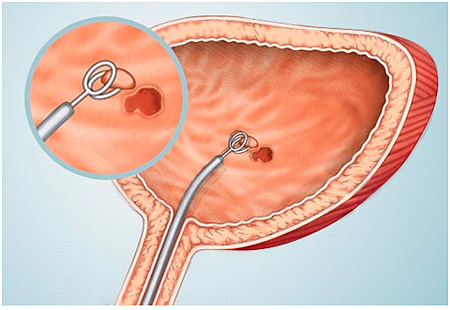
Although bladder polyps are asymptomatic, they must be surgically removed because they can develop signs of cancer over time.
Typically, bladder polyps undergo transurethral resection (TUR) or removal by endoscopic resection. It is a metal loop tool capable of removing small growths. Removal of the lesion facilitates the passage of electric current through the resector. The instrument is inserted directly into the urethra to reach the bladder cavity. The intervention requires local or general anesthesia.
When the growth is diagnosed at a late stage (malignant transformation), surgical removal of the bladder is possible.
After surgical removal of the malignant polyp, the patient usually undergoes chemotherapy / radiation therapy.
An untreated bladder polyp (even if it is asymptomatic) carries a high risk of developing a malignant tumor. This attitude can worsen the prognosis and put the patient's life at risk.
Bladder polyps can also reform after surgery (a marked tendency towards postoperative recurrence). Under these conditions, polyps can become increasingly invasive, especially in the case of previous malignant tissue overgrowth over the bladder mucosa.

